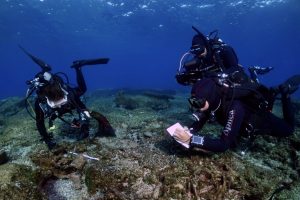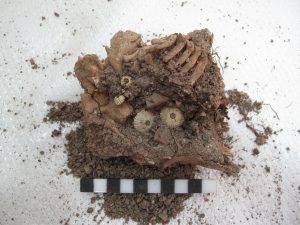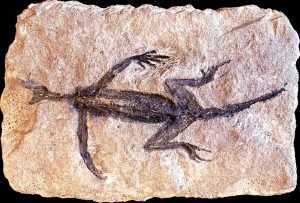One of the most important and remarkable sites in Greece, the “Petralona Cave” in Halkidiki near Thessaloniki has reopened to the public after five years of upgrade and restoration works.
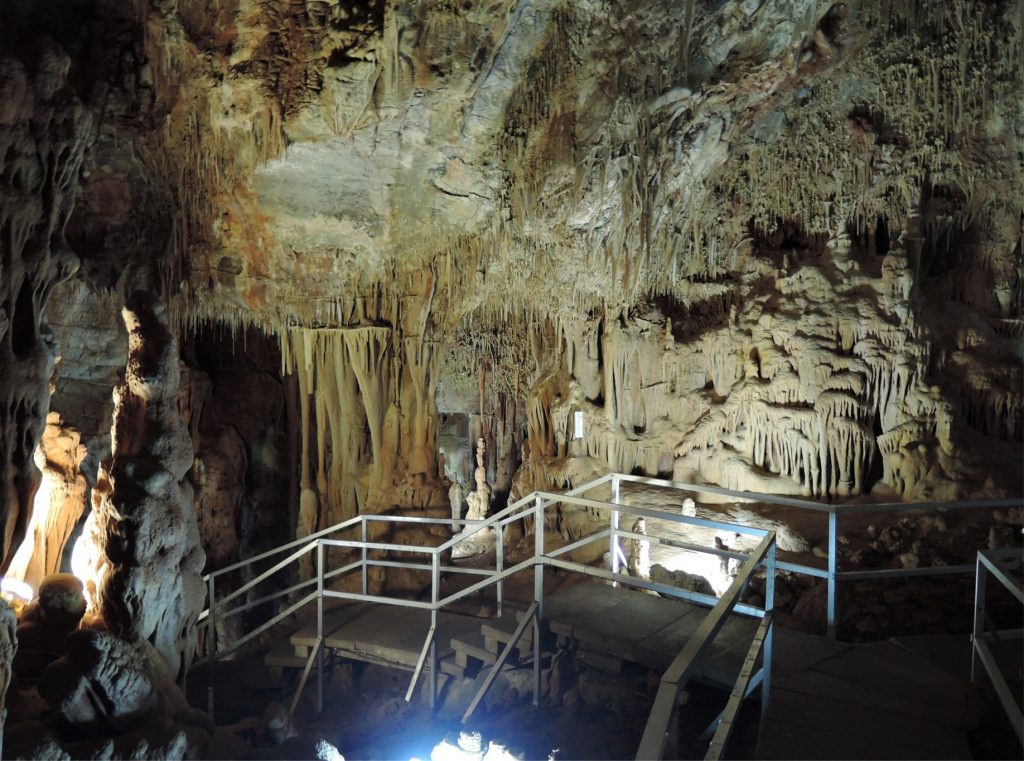
Petralona Cave tourist path Credits: Carlstaffanholmer under CC BY-SA 3.0
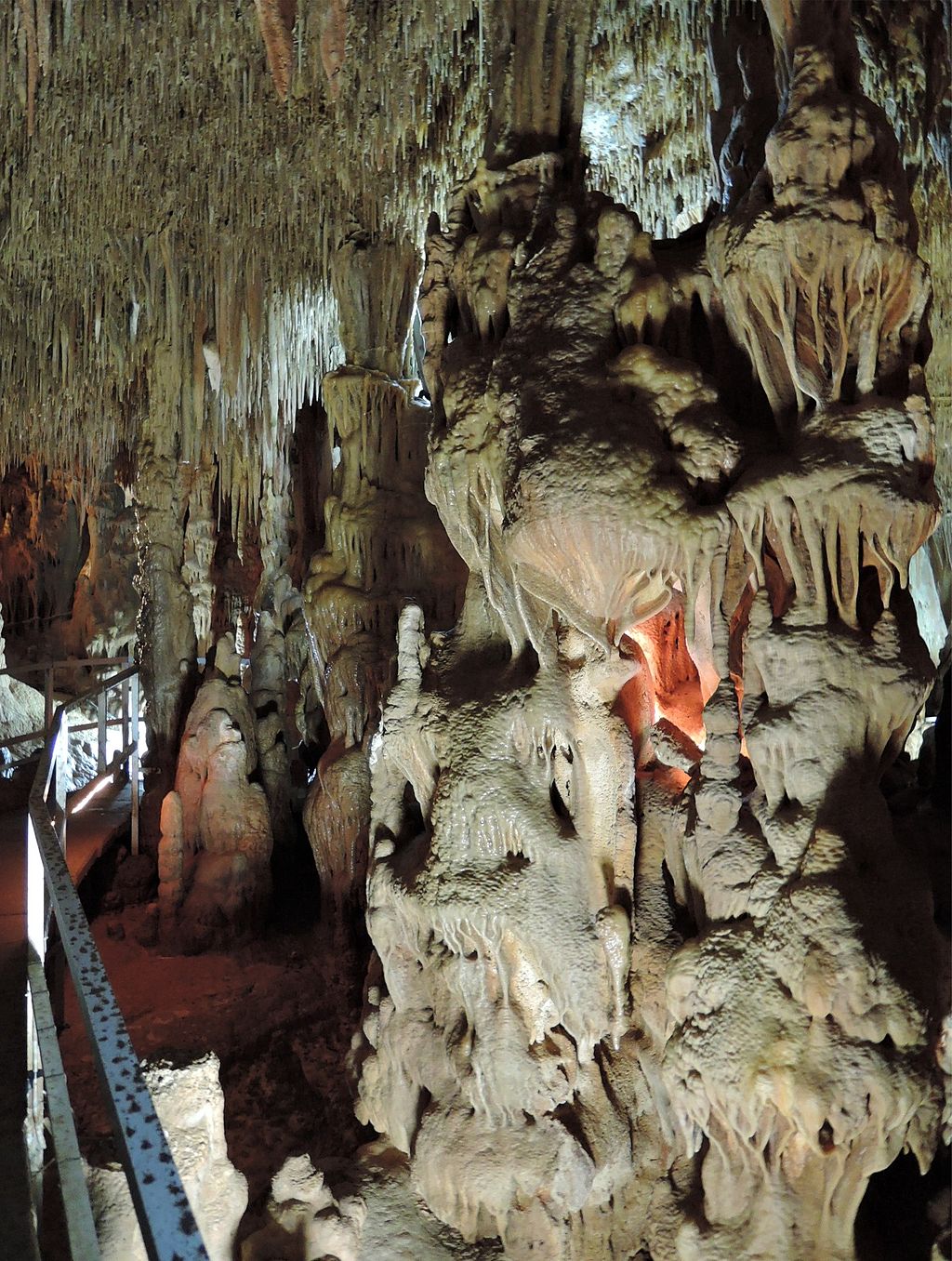
Petralona Cave formations Credits: Carlstaffanholmer under CC BY-SA 3.0
The cave, which was discovered by chance in 1959 by a local shepherd looking for water, dates back to more than one million years ago and became headline news when a prehistoric human skull came to light in 1960.
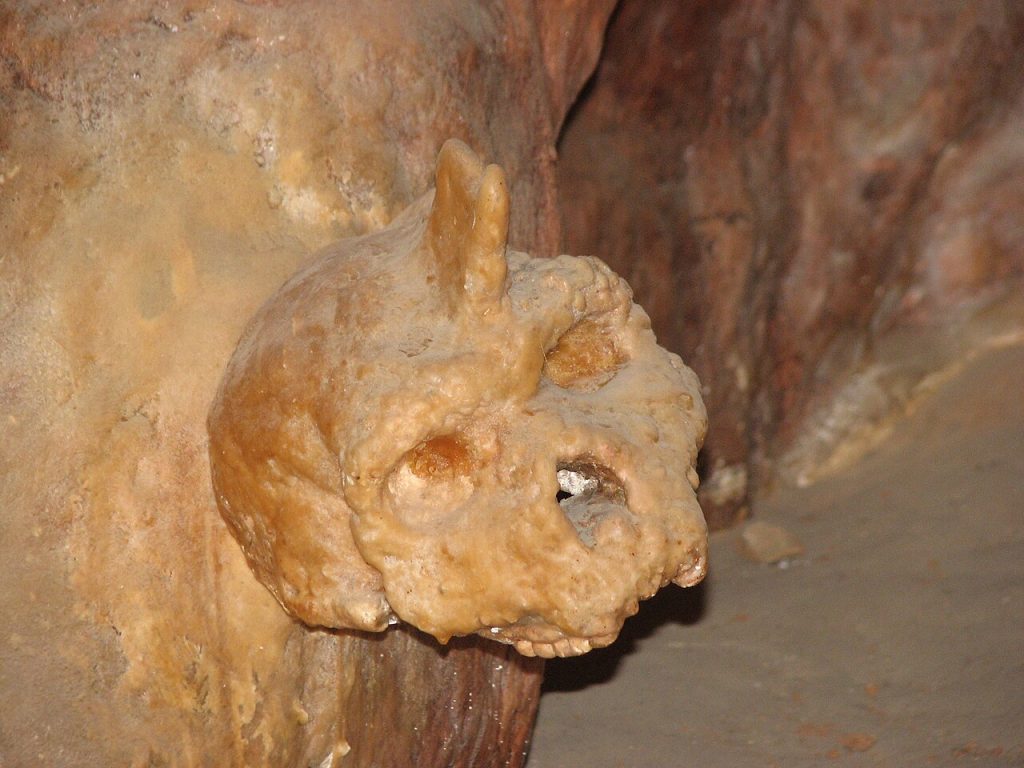
Petralona skull covered by stalagmite (Petralona Cave Greece) Credits: Nadina, under CC BY-SA 3.0
Dubbed the “Petralona Man” or “Homo heidelbergensis”, experts initially said it was between 240,000 and 160,000 years old and belonged to one of the first species to inhabit Europe.
According to anthropologist Aris Poulianos, however, the Petralona skull is approximately 700,000 years old making it the oldest human Europeoid found in Europe.
Paleontologists point out that the condition of the skull found in tact is what makes it a unique find.
The restoration and upgrade works on the cave and the museum which include special lighting and expansion are budgeted at 1 million euros and were covered by EU funds.
The cave is a key tourist attraction in the Halkidiki peninsula.
Currently, only 10-20 percent of the 10,000m2 cave is accessible.
Culture Minister Lina Mendoni is scheduled to inaugurate the Petralona Cave on Friday, March 22.
